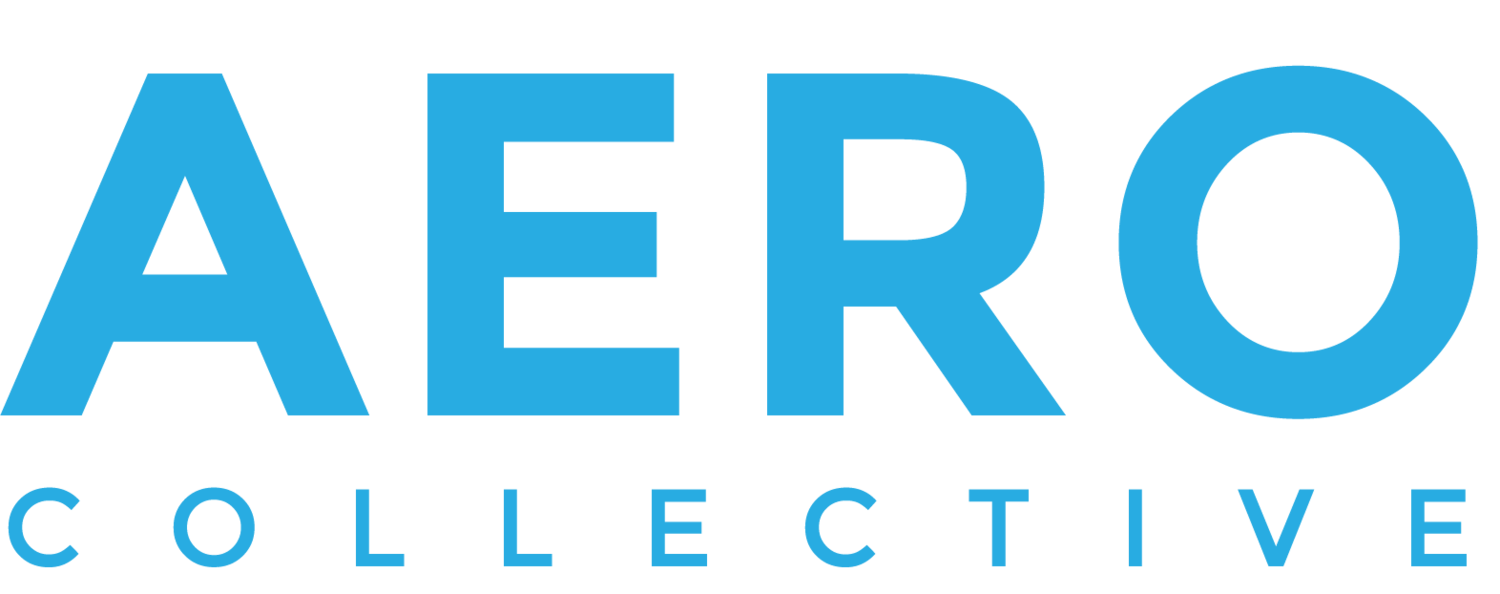CHIP is a program within LA’s 2021-2029 Housing Element, also known as the Plan to House LA. Its goal is to expand opportunities for developing mixed-income and 100% affordable housing projects. It amends the Los Angeles Municipal Code and streamlines project review procedures. Another added benefit is that it brings LA’s code in compliance with current state law, removing a layer of confusion about what can and cannot be built. With it are incentives to expand affordable housing near transit, jobs, along corridors, and in higher opportunity areas. Below, we give an overview of the program set to take effect in early 2025. There are six core strategies that resulted in four draft ordinances, with one ordinance creating three new programs to help make it easier to develop housing projects in LA.
Six Core Strategies
CHIP was created around six core strategies that resulted in four draft ordinances. The six strategies, in no particular order include:
Adaptive Reuse: removes barriers to converting office and commercial properties into residential uses
Update to Affordable Housing Incentive Programs: amends and expands the Density Bonus and Transit Oriented Communities (TOC) programs
Opportunity Corridors: increases housing along major streets located in Higher Opportunity Areas
Affordable Housing Overlay: provides land use incentives for affordable housing developments in Moderate, High, and Highest Resource areas and on underutilized faith-based owned properties, parking lots, and publicly owned sites
Missing Middle: removes limitations to build smaller scale infill housing, particularly in Higher Opportunity Areas and near transit
Process Streamlining: removes procedural barriers to create a more streamlined process for approving projects with an affordable housing component
Four Draft Ordinances
Four draft ordinances memorialize the CHIP strategies above. They include:
Citywide Housing Incentive Program Ordinance: encompasses several of the above CHIP strategies (numbers 2, 3, and 4 from the list above) and led to the three new programs described in the next section
Citywide Adaptive Reuse Ordinance: helps carry out strategy number 1 from the above list
Housing Element Sites and Minimum Density Ordinance: addresses housing replacement, by-right development for 20% affordable project, establishes minimum density criteria, and ensures no net loss of affordable housing
Resident Protections Ordinance: enhances and builds upon current regulations concerning tenant protections, affordability term duration, and amenities for affordable housing units
Three New Programs
Three new programs are proposed within the CHIP ordinance that will function together as a local density bonus program under the State Density Bonus Law. They are:
State Density Bonus Program: this revises LA’s local Density Bonus Ordinance to align with State Density Bonus Law
Mixed Income Incentive Program (MIIP): this program focuses on creating mixed income housing, including smaller scale infill housing, along certain major street corridors near transit and in the City’s High and Highest Resource Areas
Affordable Housing Incentive Program (AHIP): this program extends the types of zones eligible for 100% affordable housing and provides tailored land use incentives on top of incentives offered through the State Density Bonus Law
Stay tuned for future posts diving into the complexities of each program and reach out to AERO to look at your sites under CHIP.

